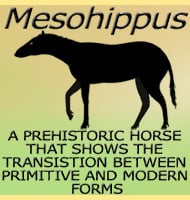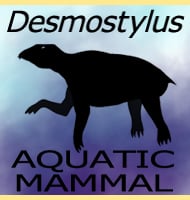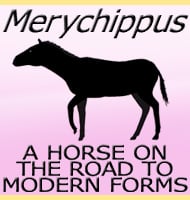Onychonycteris
In Depth Onychonycteris existed during the Eocene, and is regarded as one of the most primitive bats known. So primitive is Onychonycteris that the fingers all still have large claws on their ends, and study of the skull and ear bones strongly suggests that Onychonycteris was incapable of using echolocation to find prey. This is … Read more


